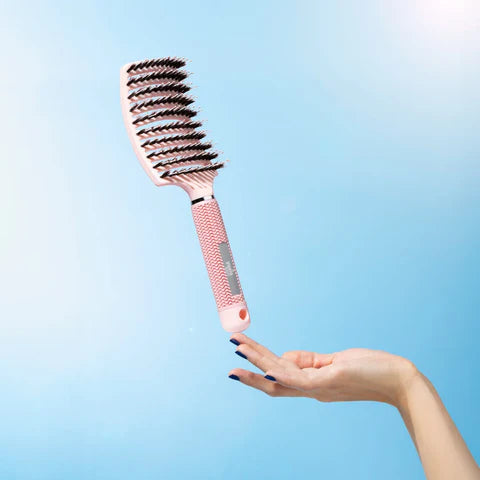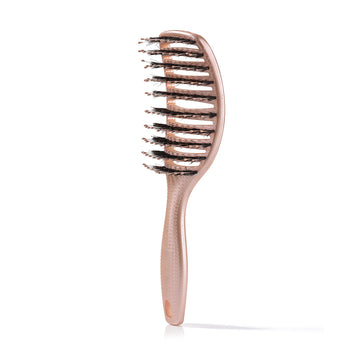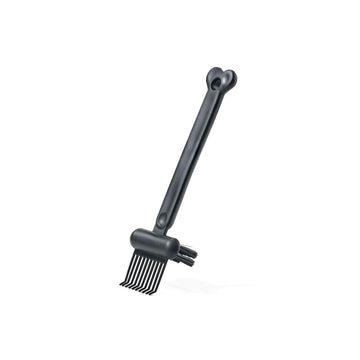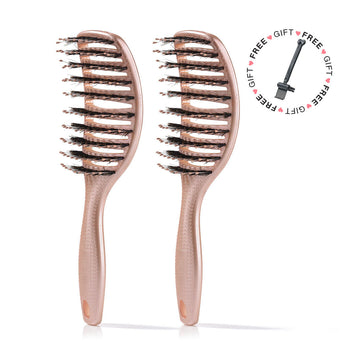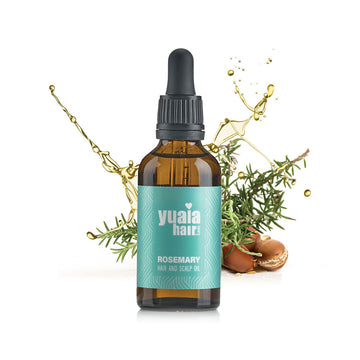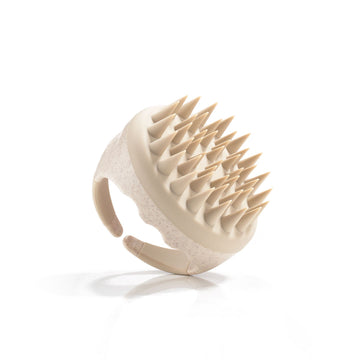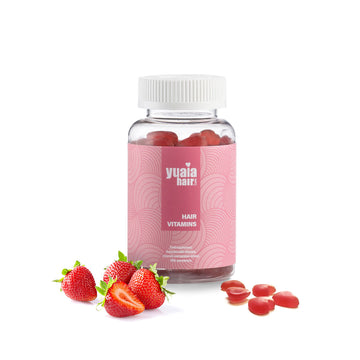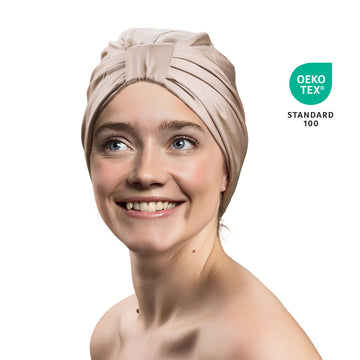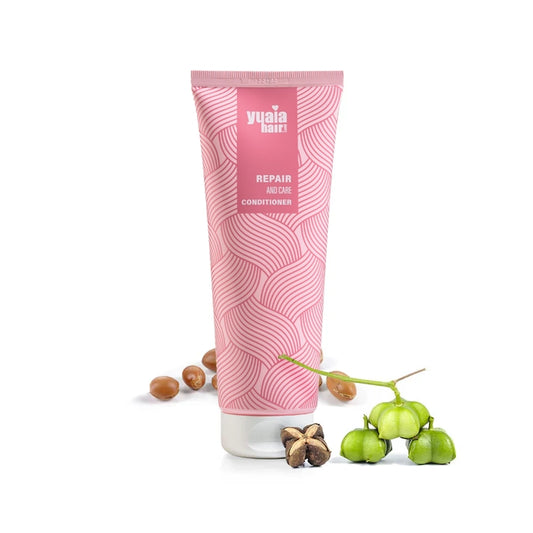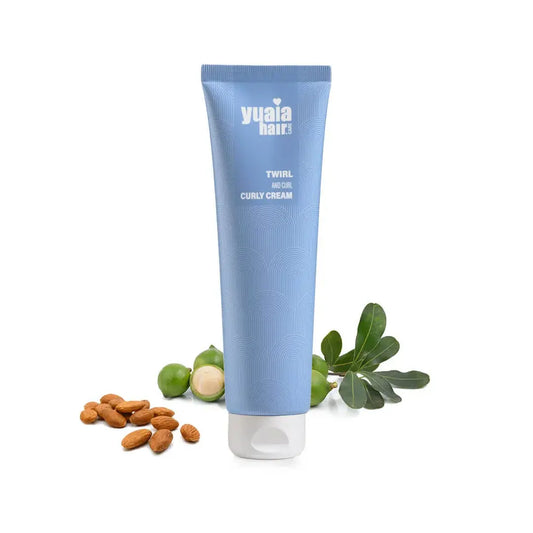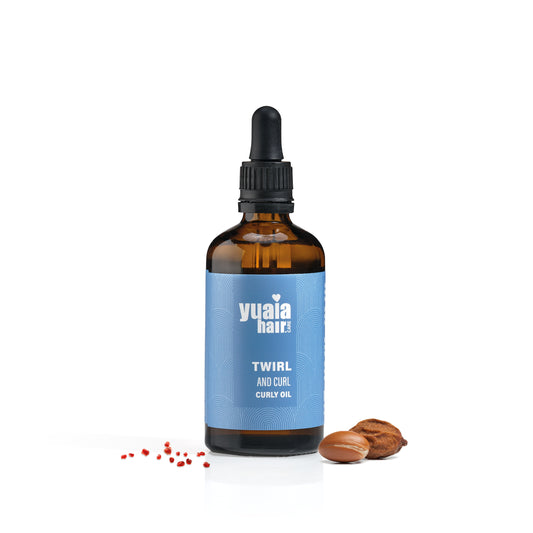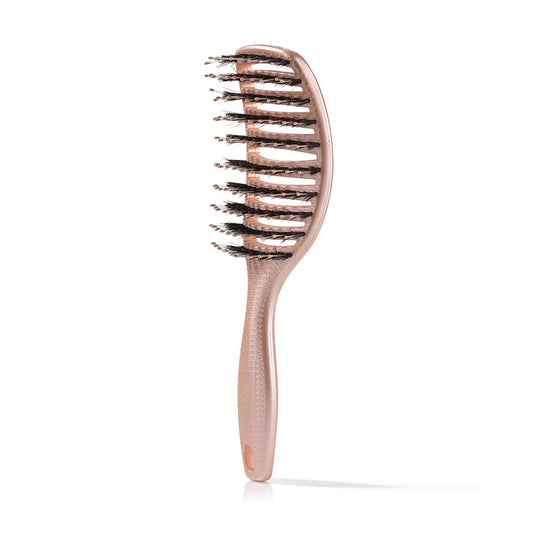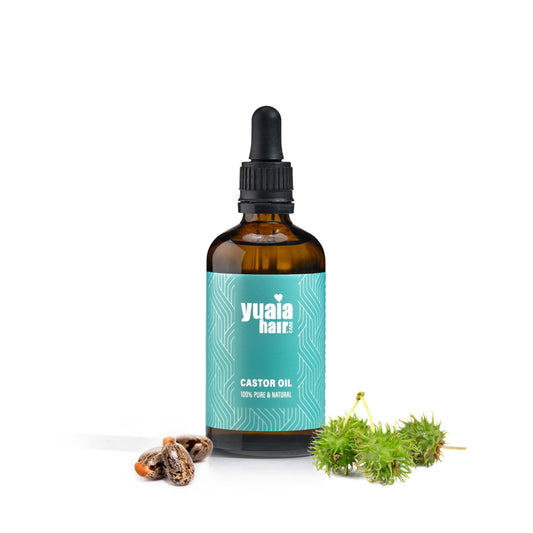
The role of heat in moisture absorption
For those with low porosity hair, integrating heat into your hair care routine can significantly enhance moisture absorption. The tightly closed cuticles characteristic of this hair type can be gently coaxed open with warmth, allowing conditioners and moisturizers to penetrate more effectively. Utilizing a hair steamer during deep conditioning treatments is a popular method. The steam envelops the hair, gently lifting the cuticles and enabling the deep conditioner to infuse moisture more thoroughly.
Another effective technique is the use of thermal or heated caps. These can be worn over a conditioning treatment, providing sustained warmth that helps in opening the cuticles. Alternatively, wrapping a warm, damp towel around your head while conditioning can serve a similar purpose. Incorporating these heat-based methods into regular hair care routines can lead to noticeable improvements in moisture retention and overall hair health.
Clarifying and lightweight formulations
Low porosity hair often struggles with product buildup, which can further impede moisture absorption. Regularly using a clarifying shampoo is essential to remove this residue, allowing moisture to penetrate effectively. Opt for formulas that are gentle yet efficient in cleansing the hair without stripping away its natural oils.
For ongoing hydration, lightweight, water-based leave-in conditioners and hydrating sprays are ideal. These products provide moisture without weighing down the hair, which is crucial for low porosity hair types. Avoid heavy creams and oils that can sit on the surface, creating a barrier rather than aiding in hydration. Instead, choose products that are specifically designed to be absorbed easily, ensuring your hair remains light and bouncy.
Humectants and emollients: Achieving the right balance
Understanding the roles of humectants and emollients is key to maintaining moisture in low porosity hair. Humectants, such as glycerin and aloe vera, attract water from the environment into the hair, making them essential components in hydrating products. Emollients, like jojoba oil, help to seal in this moisture, providing a protective barrier that prevents water loss.
It's important to strike a balance between these two types of ingredients. While humectants draw moisture in, emollients lock it in place, ensuring long-lasting hydration. However, avoid heavy oils and proteins that can coat the hair and hinder moisture absorption. For those with curly hair, using a product like our Twirl and Curl curly cream can help define curls while maintaining moisture balance, thanks to its lightweight and hydrating formulation.
Layering methods: LCO vs. LOC
Layering products is a strategic approach to enhancing moisture retention in low porosity hair. Two popular methods are the LCO (Liquid, Cream, Oil) and LOC (Liquid, Oil, Cream) techniques. Both involve applying products in a specific sequence to maximize hydration.
For the initial layer, choose lightweight, water-rich products to provide a moisture base. Follow with humectant-rich creams that draw in additional moisture. Finally, seal with a light oil to lock in hydration. The choice between LCO and LOC depends on personal preference and how your hair responds to each sequence. Experimenting with both can help determine the most effective routine for your hair's unique needs.
Common mistakes to avoid
When caring for low porosity hair, certain common pitfalls can hinder your efforts to maintain moisture. One frequent mistake is the overuse of heavy oils and proteins. These substances can sit on the hair's surface, forming a barrier that prevents moisture from penetrating. Instead, opt for lighter oils and avoid protein treatments unless specifically needed, as excessive proteins can lead to stiffness and brittleness.
Another common error is excessive product layering. While layering can be beneficial, using too many products can weigh down the hair and impede moisture absorption. It's important to find the right balance and use only what your hair truly needs. Focus on lightweight, water-based products that are easily absorbed to keep your hair feeling light and hydrated.
Brushing techniques for low porosity hair
Proper brushing techniques play an important role in maintaining the health of low porosity hair. Gentle brushing helps prevent breakage and distributes natural oils throughout the hair, enhancing moisture retention. Using the right brush is key; for example, the Curvy Brush is made to effectively detangle and smooth low porosity hair without causing damage. Its boar bristles gently glide through the hair, minimizing friction and breakage.
Brushing your hair regularly, especially before washing, can also help remove any accumulated product buildup, allowing for better moisture absorption during your hair care routine. Remember to start from the ends and work your way up to the roots to prevent unnecessary pulling and breakage.
Frequently asked questions
How often should I clarify my low porosity hair?
Clarifying your low porosity hair once a month is generally sufficient to remove product buildup without stripping the hair of its natural oils. However, if you use a lot of styling products, you might need to clarify more frequently.
What are the best lightweight oils for sealing moisture?
Lightweight oils such as argan oil, grapeseed oil, and jojoba oil are excellent for sealing moisture in low porosity hair. These oils are easily absorbed and do not weigh the hair down, making them ideal for maintaining hydration.
Can I use regular conditioners as leave-ins for low porosity hair?
While some regular conditioners can be used as leave-ins, it's important to choose those that are lightweight and water-based. These formulations are less likely to cause buildup and are better suited for low porosity hair, ensuring effective moisture retention without heaviness.
 Entrega en 2-4 días
Entrega en 2-4 días
 Más de 100.000 clientes satisfechos
Más de 100.000 clientes satisfechos
 Garantía de satisfacción
Garantía de satisfacción




